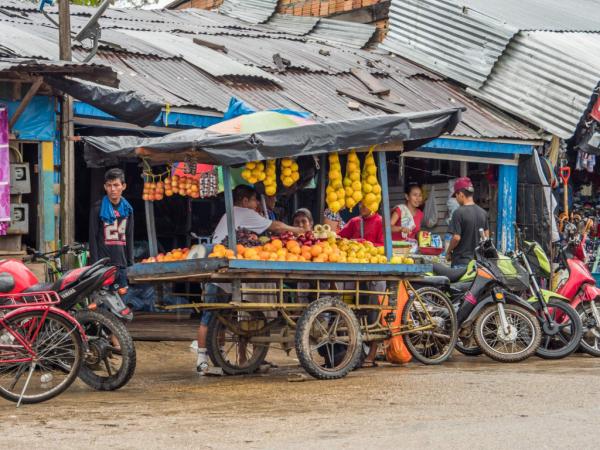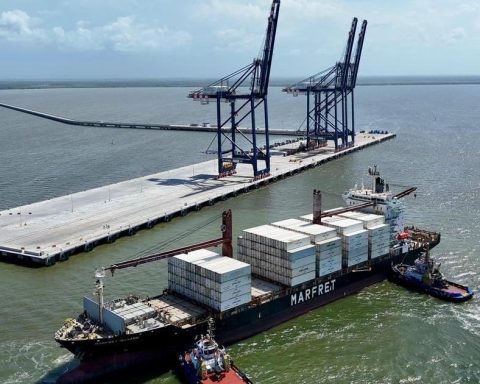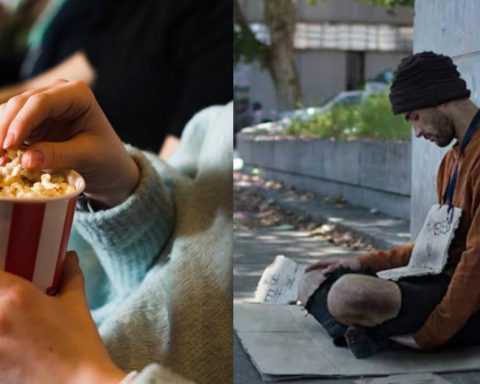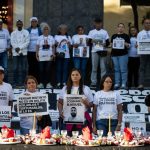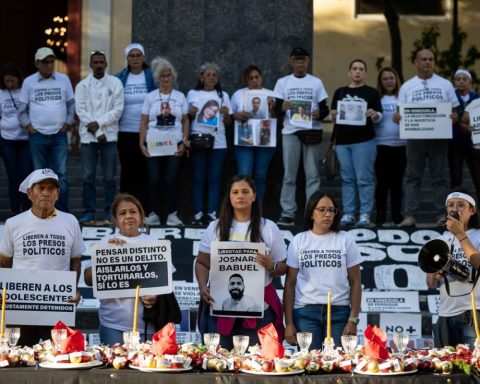Colombia has made great progress in the fight against poverty, but its citizens still do not have the same opportunities when seeking a better quality of life. This is one of the conclusions of the recent report presented by the World Bank on the state of this problem today. in the local context, where it makes it clear that there are delays of up to 500 years in some indicators.
This is the report ‘Trajectories: prosperity and poverty reduction in Colombian territory’, which recognizes that even after the pandemic, the country has been making considerable progress in closing social gaps, but that these persist in the most remote regions, which are in some cases disconnected from the central region.
Also read: Workers ask that hourly labor productivity be the basis for adjusting the minimum
One of the novelties of the report is that they did not remain only in the departmental or regional panorama, but that the researchers also included the municipalities in the analysis, finding that the gaps widen much more when this focus is used, leaving migrants , indigenous and Afro peoples; as the most beaten.
María Dávalos, senior poverty economist at the World Banksaid that these gaps are largely due to the “unequal historical capacity” of the State to provide its services throughout the national geography, ensuring the principles of quality and opportunity, which must be a fundamental part of its work.
Multidimensional poverty (reference image)
AFP
“These inequalities translate into fewer opportunities for many people to accumulate essential assets such as education, health, land and housing, fundamental for their quality of life. This situation is critical in departments such as La Guajira, Vaupés, Amazonas, Nariño and Guainía,” he explained.
To explain a little better the impact of inequality in Colombia, Dávalos maintains that while on the average of the Organization for Economic Cooperation and Development (OECD), the distance between the poorest region and the richest is less than 20 percentage points, in Colombia this gap exceeds 50 percentage points, being surpassed only by Mexico, although just barely.
“Let’s say we are in a penalty shootout and scoring a goal gives us the chance to change our lives. While in some regions people have five shots, there are others in Colombia where there are barely two or less chances of hitting. That is inequality said in a simple way, making it clear that we are talking about the development of the people in the territories, the future of the country,” said María Dávalos.
More news: Reform to the SGP will pose a difficult fiscal challenge to the Government, warns Banrep
Different rhythms
Another of the World Bank data that caught attention had to do with the pace of poverty reduction in Colombia, given that in the most remote and low-income regions, it falls more slowly than in the main cities and capitals. In other words, while in the poorest municipalities it reduces to an average of 2.8% annually, in the richest municipalities it can fall above 6%.

Poverty in Colombia
The Time
Likewise, they said that, in the case of education, while the national average of 10-year-old children with learning poverty, that is, they are not able to interpret a basic text, exceeds 50%, when zooming in on In some municipalities, this percentage increases to 9 out of 10, remaining above the average for Sub-Saharan Africa.
On the other hand, in terms of health, they said that 74% of mortality in Colombia is avoidable in the case of children under 1 year of age, who in their opinion depend much more on the State. When reviewing the situation in the municipalities, avoidable deaths are more than 90%, warning that the poor populationrural, ethnic groups and migrants use preventive health services to a lesser extent.
“Colombia has a high persistence of inequality. More than a third of the inequality in labor income is determined from the moment the person is born: by their place of birth, ethnicity, sex, socio-economic level of their parents,” says the report.
You may be interested in: What’s coming for the SGP reform after its approval in Congress
In that sense, Mária Dávalos explained that “a person who is born in Guainía or Vaupés, with parents with a low educational level, has a probability of less than 24% of graduating from high school or even from university. For someone born in Bogotá, with parents who also have a low educational level, their probability is 65%.”
Address urgently
Peter Siegenthaler, representative of the World Bank for Colombia, assured that these data, beyond being a social x-ray of the country, should be seen as a call to regional authorities to generate public policies that allow overcoming these differences, understanding that each region It has its own potential.

Job offers Bogotá.
Secretariat of Economic Development – Christian Martínez.
“This report underscores the urgency of addressing the deep inequalities that persist in Colombia. It is essential to strengthen institutions and improve access to quality services throughout the territory, to ensure that all Colombians, regardless of their place of birth or where they live, have access to the same opportunities,” he said.
With all this on the table, the World Bank proposed an agenda to overcome these problems, focused on improving access to productive assets, through actions such as strengthening primary health care in rural and peri-urban areas, implementing a national school book policy , and advance the multipurpose cadastre to optimize land use.
Likewise, it suggests expanding environmental incentive programs, promoting more equitable and sustainable development. To strengthen the institutional framework, it is recommended to promote subnational associativity through regulatory and financial incentives, in addition to enhancing public policy design and management capabilities through inter-municipal cooperation.
All of this, from their perspective, must start from the alignment of interests with actors from the private sector, civil society and academia, maximizing synergies in priority projects and topics to improve governance and the provision of services in vulnerable territories.
Finally, they stated that policy design must consider regional diversity, adopting differentiated, coordinated and comprehensive approaches that respond to local realities, adapting interventions according to the needs of each territory and ensuring their coherence and effectiveness, making clear that until the entire country is connected, equitable development will not be possible.
